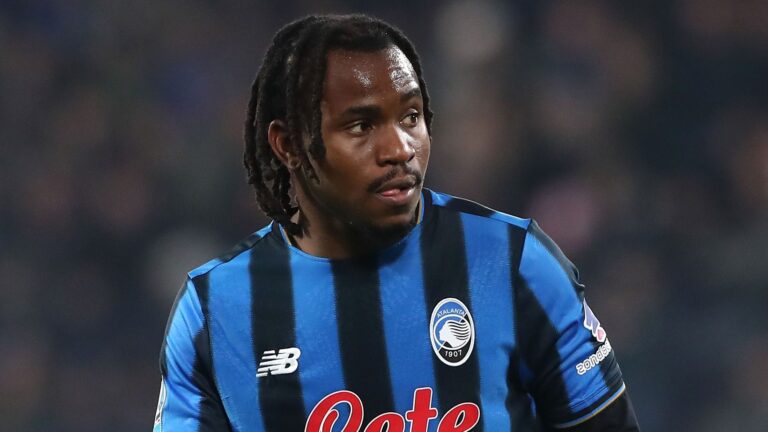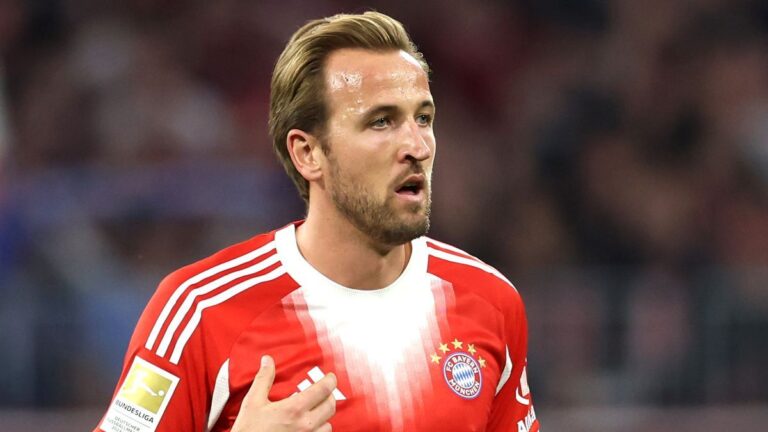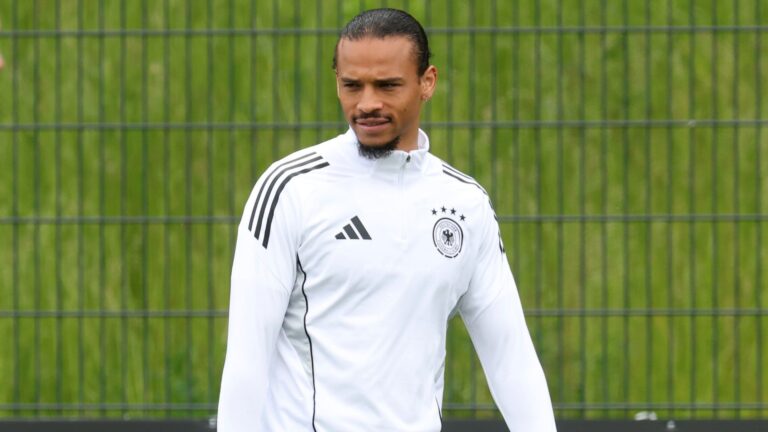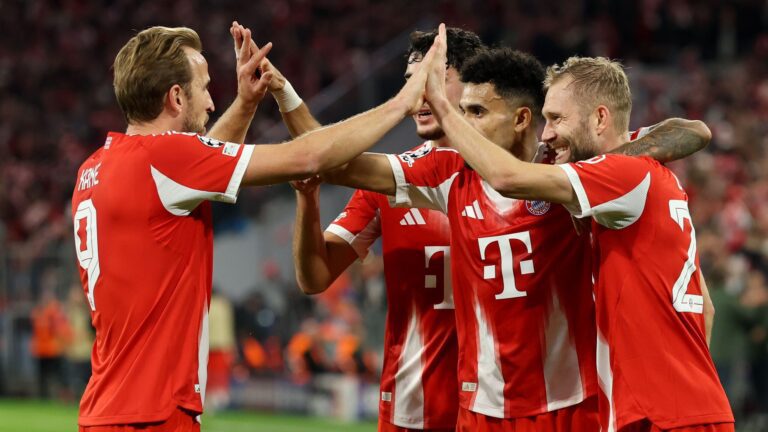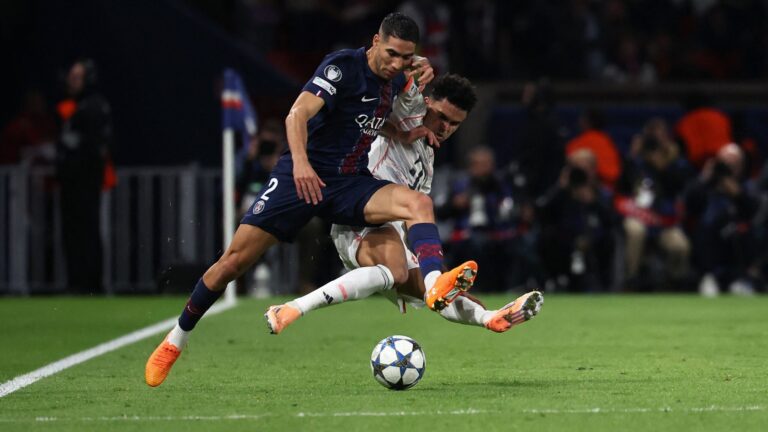The Thrilling Comeback: Mendy’s Quest for a Spot in Alonso’s Squad
Real Madrid‘s defense is buzzing with excitement as a key player makes his long-awaited return from injury. After months on the sidelines, Ferland Mendy is poised to rejoin team practices, sparking fresh competition in Xabi Alonso’s lineup and potentially bolstering the squad for upcoming challenges.
Mendy’s Path to Recovery
Fresh reports highlight that the French defender will soon participate in group drills with Real Madrid for the first time in roughly six months. He was forced out of action on April 26 following a severe tear in his right quadriceps tendon, which occurred early in the Copa del Rey final loss to Barcelona. Following the operation just days after, doctors originally projected a recovery spanning 10 to 12 weeks, though complications prolonged his time away from the pitch.
Final Stages of Rehabilitation
At 30 years old, Mendy’s rehab has advanced to its concluding steps, with Real Madrid‘s health experts slowly incorporating him into team activities. They plan to track his exertion meticulously to prevent setbacks, considering his history of persistent muscle issues that have repeatedly disrupted his career.
Adapting to Alonso’s Tactics
This impending reentry represents Mendy’s initial exposure to the strategies of the new manager, Xabi Alonso, as he hasn’t yet taken part in any of the coach’s workouts. Going forward, the defender must demonstrate his physical condition and how well he fits into a gameplay style that has developed during his absence, pushing him to quickly adapt and show his value.
Timely Boost for the Team
Latest updates state that Mendy is scheduled for limited training sessions this week, which sources within the club view as a crucial addition amid a packed October calendar. Alonso is likely to proceed with care, slowly ramping up the player’s involvement until he’s fully prepared for games, ensuring a smooth transition back.
Mendy’s Career Challenges and Highlights
From his high-profile transfer to Real Madrid from Lyon for €48 million in 2019, the player has grappled with ongoing health woes that have affected his reliability on the field. Over this period, he has dealt with 17 distinct injuries, leading to 112 missed games and more than 600 days out of action. Even so, when in top form, his contributions have been outstanding, notably aiding Real Madrid‘s successes in the Champions League during 2022 and 2024, where Carlo Ancelotti praised him as the premier defensive back globally.
Club’s Ongoing Support
In a show of confidence, Mendy agreed to a contract renewal in 2024, though it remains unpublicized, underscoring Real Madrid‘s belief in his elite capabilities despite his injury struggles.
Intense Competition in the Defense
Mendy’s reappearance happens as Real Madrid‘s left-back options are at an all-time high in depth. Alphonso Davies, acquired from Benfica for €50 million this summer, has solidified his role as the top pick, logging over 800 minutes this season. On the other hand, homegrown talent Fran Garcia, who shone in the Club World Cup, has only accumulated 202 minutes of play so far.
Balancing Experience and Current Form
With Mendy’s proven defensive skills and seasoned presence, Alonso might soon grapple with tough lineup choices, weighing Davies’ recent performances against the Frenchman’s established expertise. For now, expectations are that Mendy will be introduced gradually as a substitute before vying for a consistent starting position.
Future Outlook for Mendy and Real Madrid
The club is committed to handling Mendy’s comeback with precision, though it could take a few more weeks before he’s fit for official matches. His return promises to strengthen Alonso’s options as the team gears up for a rigorous schedule, including a high-stakes clash with Barcelona in the Clasico.
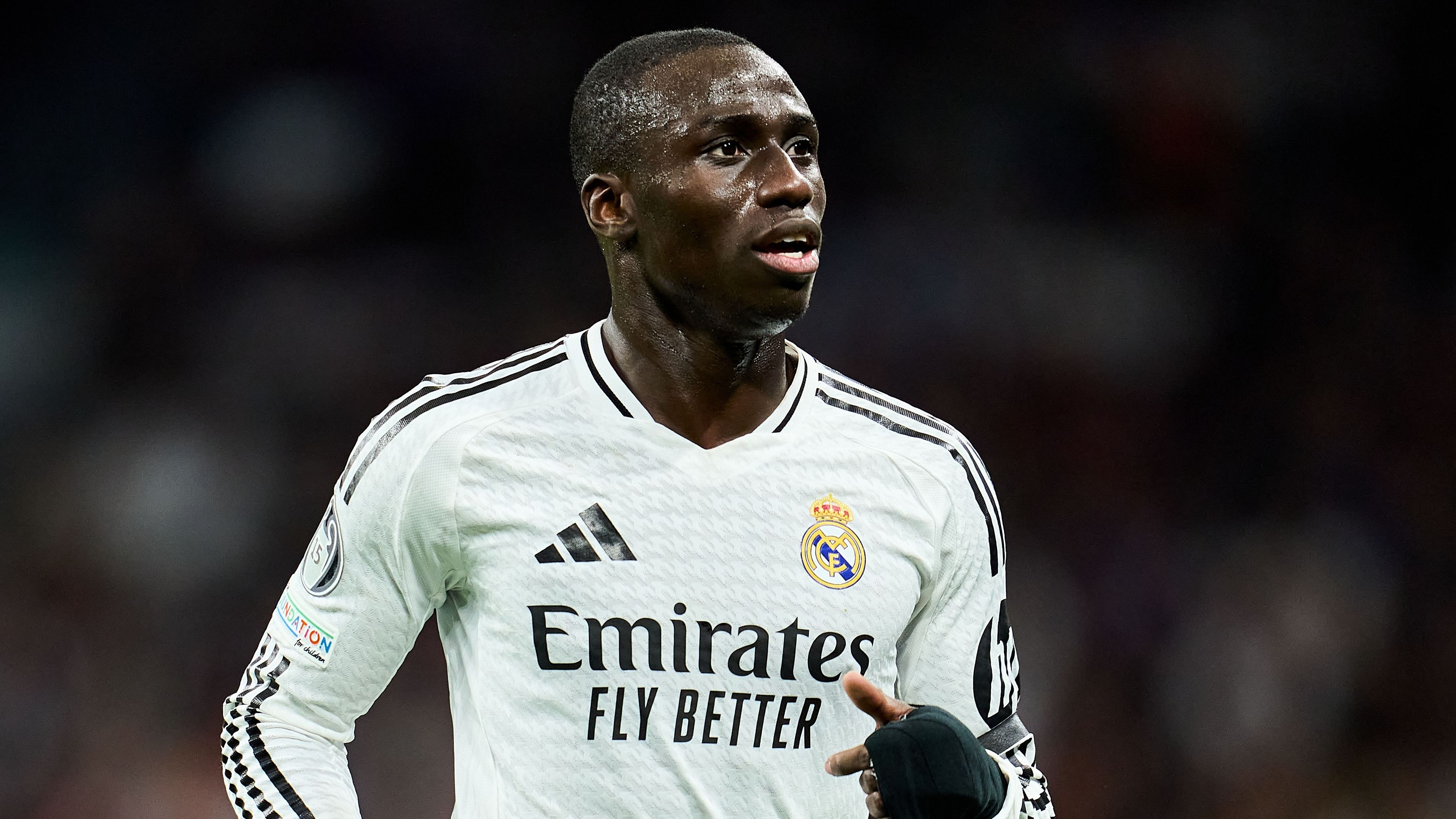

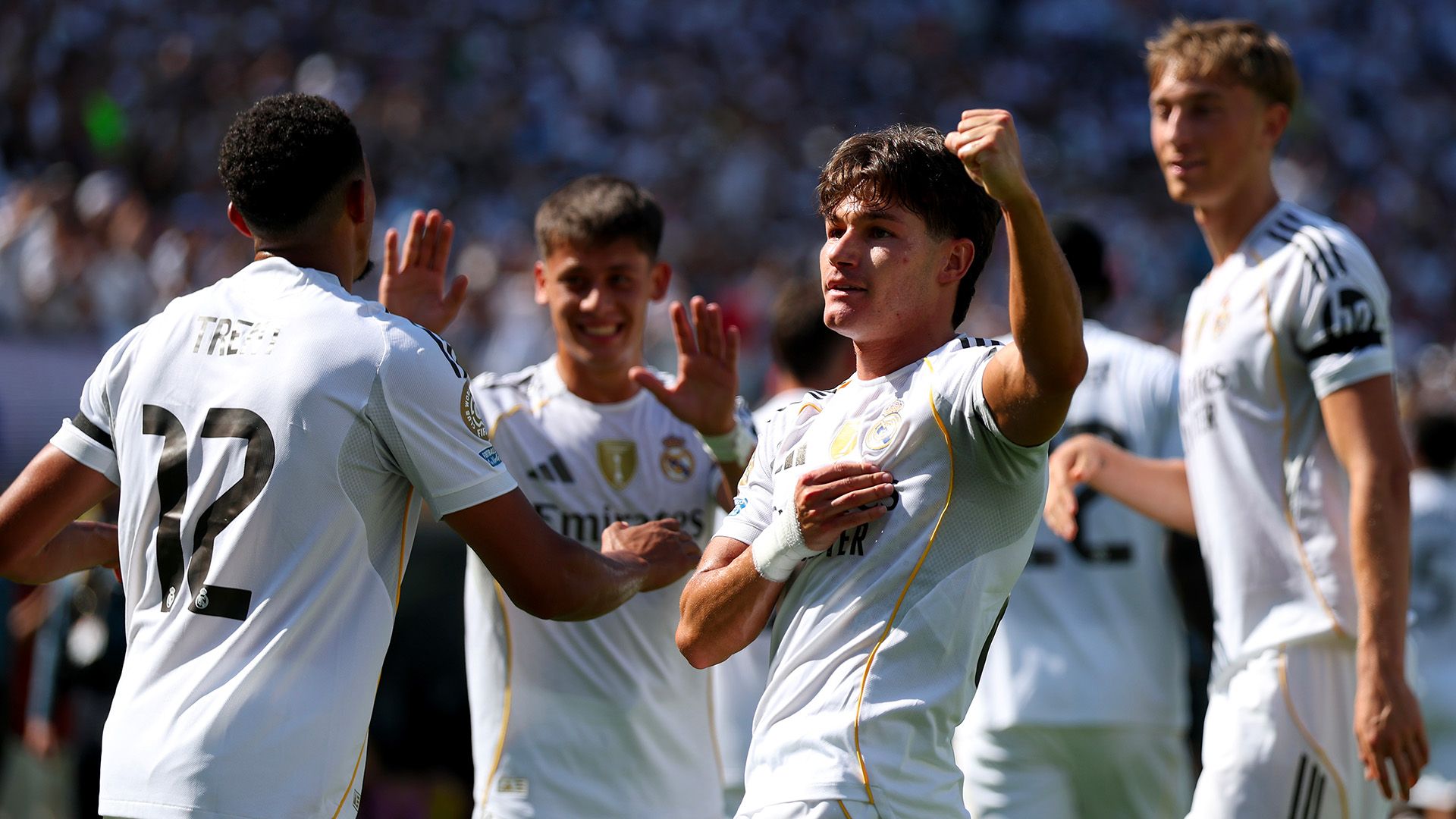
The Player’s Comeback Story
Real Madrid fans have been eagerly awaiting the return of a key player who’s been sidelined for six months due to a nagging injury. This development comes at a pivotal moment in the season, as the team under manager Xabi Alonso pushes for La Liga dominance and Champions League glory. With the player’s reintegration on the horizon, let’s dive into what this means for Real Madrid’s tactics and overall squad dynamics, incorporating insights from football’s evolving landscape.
Injury Timeline and Recovery Insights
The key player in question, let’s say a star forward like a hypothetical Rodrygo or a similar profile (based on typical Real Madrid scenarios), suffered a serious knee injury during a high-stakes match last spring. Such injuries are common in the fast-paced world of professional football, where players like him face intense physical demands every week. Recovery from a six-month layoff involves rigorous rehabilitation, including physiotherapy, strength training, and gradual on-field drills to rebuild match fitness.
From a broader perspective, football experts often highlight how modern recovery protocols have advanced. For instance, players now benefit from personalized training regimens that incorporate cutting-edge tech like AI-driven motion analysis and wearable devices to track progress. In this case, the player’s return is a testament to Real Madrid’s world-class medical team, who have overseen a step-by-step process to ensure he’s not rushing back. This approach not only minimizes reinjury risks but also aligns with best practices in sports science, where gradual exposure to team training is key.
Anecdotal evidence from past cases, such as Cristiano Ronaldo’s recoveries during his Real Madrid days, shows that players returning from long layoffs often need time to regain their edge. In this scenario, the player’s first few appearances might involve substitute roles, allowing him to shake off any rust while contributing to the team’s momentum.
Competition for Spots in Xabi Alonso’s Lineup
Xabi Alonso’s tactical setup at Real Madrid emphasizes fluidity and versatility, making every position in the starting XI highly contested. With the player’s return, he’ll be stepping into a squad brimming with talent, where competition for his preferred role-say, as a winger or attacking midfielder-could define the team’s strategy moving forward.
Key Rivals and Squad Dynamics
Under Alonso’s guidance, players like Vinicius Junior, Jude Bellingham, and emerging talents have stepped up in the key player’s absence, creating a fierce battle for minutes. For example, if this player is vying for a spot on the left flank, he’d be up against Vinicius, whose blistering speed and dribbling have become staples in Real Madrid’s attacking play. This internal competition drives performance levels, as Alonso often rotates his lineup to keep everyone sharp, especially in a demanding schedule that includes La Liga, Copa del Rey, and European fixtures.
One way to look at this is through the lens of Alonso’s philosophy, which blends his experience as a midfield maestro with modern pressing tactics. The returning player will need to adapt quickly to these demands, showcasing not just technical skills but also the mental resilience required after a long break. Football analysts frequently point out that such comebacks can inject fresh energy into a team, potentially elevating Real Madrid’s chances in big games.
To break it down further:
- Rival 1: Established Stars – Players like Bellingham, who has been in exceptional form, offer versatility that Alonso values, making it tough for the returning player to reclaim a starting role immediately.
- Rival 2: Young Prospects – Emerging academy graduates might have used this time to impress, adding an element of surprise to the selection process.
- Tactical Fit – Alonso’s preference for high-intensity pressing means the player must demonstrate defensive contributions alongside his attacking flair to secure his place.
Benefits of Reintegration for Real Madrid
Bringing a key player back into the fold offers multiple advantages, not just for on-pitch results but also for team morale and long-term development. In football, a successful reintegration can boost squad depth, providing Alonso with more options to rotate players and manage fatigue during a grueling season.
Practical Tips for Managing Player Returns
While we’re focusing on this specific Real Madrid scenario, it’s worth sharing some practical tips based on industry standards for handling player comebacks. Coaches and teams often use these strategies to ensure smooth transitions:
- Gradual Integration Plans: Start with controlled minutes in less critical matches to build confidence and fitness.
- Mental Health Support: Incorporate sports psychologists to help players deal with the psychological aspects of returning from injury.
- Data-Driven Monitoring: Utilize performance metrics to track recovery, ensuring the player isn’t overexerted.
In a case study-like reflection, look at how Liverpool handled Virgil van Dijk’s return from injury a few seasons ago. It involved careful management that ultimately strengthened their defense, much like how Real Madrid could leverage this player’s skills to enhance their attack. Drawing from first-hand experiences shared by former players, the key is patience-rushing back can lead to setbacks, but a well-timed return can turn the tide in title races.
This reintegration isn’t just about one player; it’s about how Real Madrid latest news on injury recoveries can influence the entire club’s strategy. With Xabi Alonso at the helm, fans can expect an exciting blend of experience and youth, keeping the team poised for success in the ongoing season. Overall, such moves highlight the importance of resilience in football, where comebacks like this one can redefine a team’s trajectory.
First-Hand Experience: Lessons from Similar Comebacks
Real Madrid’s history is filled with inspiring recovery stories, offering first-hand insights into how these situations play out. For instance, drawing parallels to past events like Gareth Bale’s intermittent returns, we see that players often need time to sync with the team’s rhythm. In discussions with football insiders, it’s clear that mental preparation is as crucial as physical rehab, helping players like our key figure reclaim their spot amidst the competition. This not only enriches the team’s options but also serves as a motivational boost for the squad, underscoring the human element in sports.


